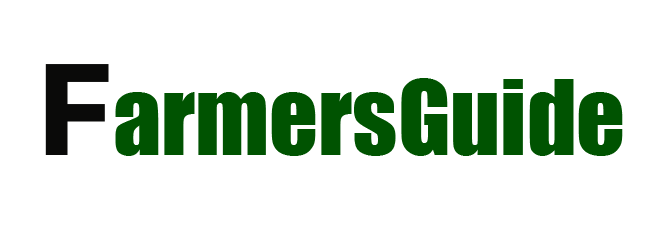Pruning Determinate vs. Indeterminate Tomato Plants
Pruning Determinate vs. Indeterminate Tomato Plants
Pruning tomatoes properly ensures healthy growth, higher yields, and protection from diseases. However, the pruning approach differs between determinate (bush) and indeterminate (vining) tomato varieties.
1. Determinate Tomatoes (Bush Tomatoes)
🌿 Growth Habit:
- These plants grow to a fixed height (usually 3-4 feet).
- They produce all their fruit at once, then stop growing.
- Common determinate varieties include Roma, Celebrity, and Rutgers.
✂️ Pruning Needs: Minimal Pruning Required
Determinate tomatoes do not need aggressive pruning because their growth and fruit production are already predetermined. Pruning too much can lower the yield.
How to Prune Determinate Tomatoes:
✅ Remove only the lower leaves
- Cut off leaves that touch the ground to prevent fungal diseases like blight.
- This improves airflow around the base of the plant.
✅ Avoid removing suckers
- Suckers are small shoots that grow between the main stem and branches.
- In determinate varieties, these contribute to fruit production, so removing them can reduce yield.
✅ Minimal leaf removal
- Leaves help in photosynthesis, which is essential for fruit development.
- Only remove yellow, damaged, or diseased leaves.
✅ No need for topping
- Since determinate tomatoes grow to a set height and stop, there is no need to "top" them (cutting off the growing tip).
⚠️ Over-pruning can cause:
- Reduced yield since determinate tomatoes only have a limited fruiting period.
- Sunscald because fewer leaves mean less protection for the fruits.
2. Indeterminate Tomatoes (Vining Tomatoes)
🌿 Growth Habit:
- These plants keep growing indefinitely, often reaching 6-10 feet.
- They produce fruit continuously throughout the season.
- Common indeterminate varieties include Beefsteak, Brandywine, and Cherry tomatoes.
✂️ Pruning Needs: Regular & Strategic Pruning
Because indeterminate tomatoes grow so much, they benefit from consistent pruning to maintain airflow, prevent disease, and direct energy to fruit production.
How to Prune Indeterminate Tomatoes:
✅ Remove lower leaves
- Cut off leaves up to 12 inches from the soil to prevent fungal diseases like blight.
- Improves airflow and reduces moisture buildup.
✅ Remove suckers (selectively)
- Suckers take energy from the plant and can make it bushy with small fruits.
- Best practice: Remove suckers below the first flower cluster to help the plant focus on larger, healthier fruit.
- Exception: If growing in a colder climate, leave some suckers for extra foliage to boost energy production.
✅ Thin out excess leaves
- Too many leaves block airflow and can trap moisture, leading to fungal diseases.
- Remove some inner leaves but keep enough to protect fruits from sunscald.
✅ Top the plant late in the season
- Around 4-6 weeks before the first frost, cut off the growing tip of the main stem.
- This tells the plant to stop producing new flowers and focus on ripening existing fruits.
⚠️ Over-pruning can cause:
- Sunscald – Too much sun exposure can burn the fruit.
- Lower fruit yield – If too many leaves and suckers are removed, the plant may struggle to produce enough energy.
- Weakened plant – Leaves provide food through photosynthesis; removing too many weakens the plant.
🌱 Summary: Key Differences
| Feature | Determinate (Bush) | Indeterminate (Vining) |
|---|---|---|
| Growth | Fixed size (3-4 ft) | Grows continuously (6-10 ft) |
| Fruit Production | All at once, then stops | Continuous throughout the season |
| Pruning Needs | Minimal pruning | Regular pruning needed |
| Sucker Removal | Avoid removing | Remove below the first flower cluster |
| Topping | Not necessary | Recommended near season’s end |
| Lower Leaf Removal | Only those touching soil | Up to 12 inches from the soil |
| Risk of Over-Pruning | Reduced yield | Sunscald & weak growth |

